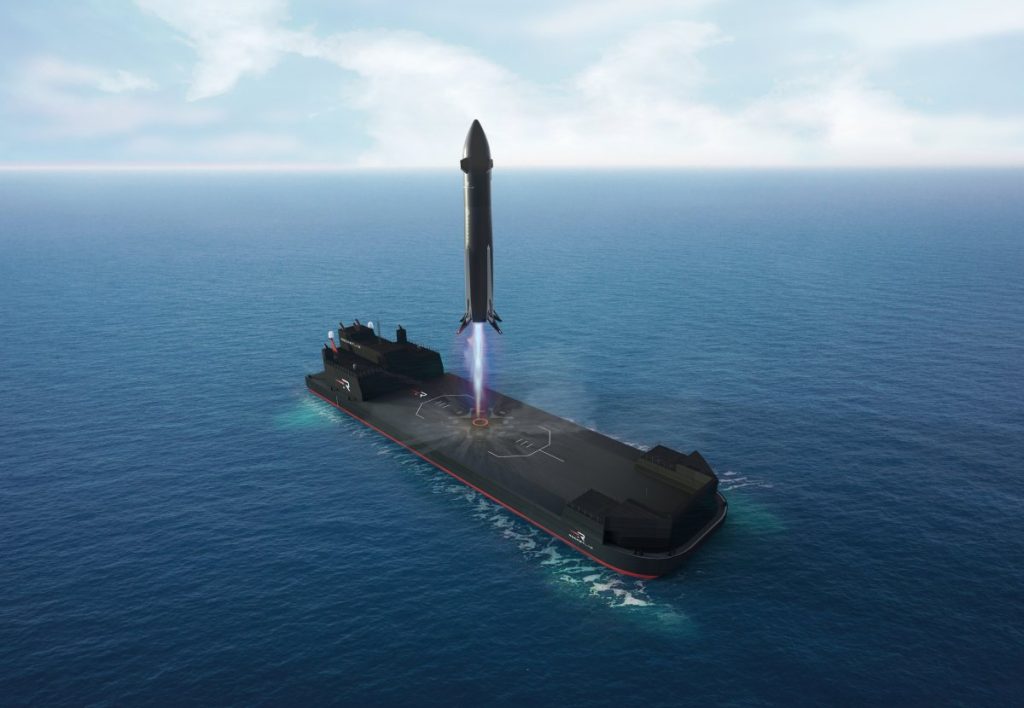Rocket Lab continues to solidify its position as more than a launch provider, with its latest financial results and strategic acquisitions underscoring ambitions to dominate the defense and space systems markets. The company’s second-quarter earnings revealed record-breaking revenue of $144.5 million, driven heavily by its space systems division, which contributed $97.9 million—a 36% year-over-year increase. Despite expanding its net loss to $66.4 million, the firm is leaning into mergers and acquisitions to accelerate growth and secure high-value government contracts.
A key focus is the pending acquisition of Geost, a developer of advanced optical payloads, for $275 million in cash and equity. This move establishes Rocket Lab’s new Optical Systems business unit, aiming to scale production of electro-optical and infrared sensors critical for missile defense, space domain awareness, and surveillance programs. The acquisition aligns with the company’s strategy to compete for multi-billion-dollar Department of Defense initiatives like Golden Dome, a missile-tracking satellite constellation project. Rocket Lab has already secured a $515 million contract to build 18 satellites for the Space Development Agency, signaling its rising credibility in defense aerospace.
On the launch front, progress continues for the Neutron rocket, Rocket Lab’s next-generation vehicle designed for larger payloads. The Virginia launch complex is nearing completion, with hardware shipments underway and the Archimedes engine undergoing rigorous testing. While the company has not set a firm launch date, leadership remains committed to a debut flight before the end of 2025. Rocket Lab’s financial position remains robust, with $564 million in cash reserves, and it projects third-quarter revenue between $145 million and $155 million.
By diversifying its capabilities—from satellite manufacturing to advanced sensors and launch services—Rocket Lab is positioning itself as an end-to-end partner for both commercial and national security space missions. This integrated approach may prove pivotal as global demand for space-based defense infrastructure grows.















